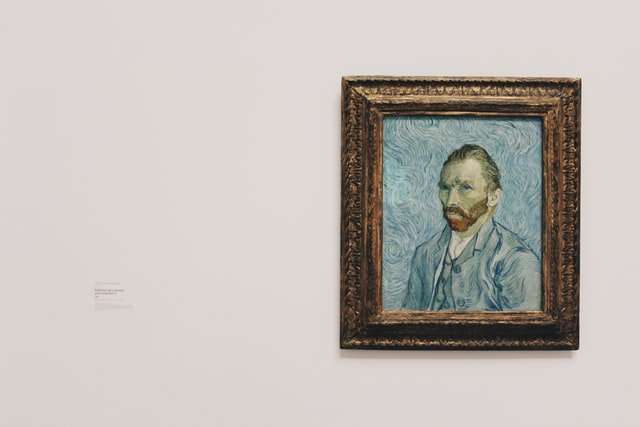Being in the art world, we get asked all the time how to buy art at auction. What’s the best way? Is it better to buy from a gallery? Online? How do you bid? When do you get a bargain, and when are you being ripped off?
The answer is that there is no one answer. You’ve probably heard the expression “A fool and his money are easily parted.” It’s true. And the real problem is that it’s not just fools who get parted from their money. We all do, at least some of the time; buying art is easy to screw up, even for experienced people. So if you really want to buy art, here are five general rules that can help:
I am writing this blog post to help you understand how to buy art at auction.
The first and most important tip for buying art at auction is to give yourself plenty of time. Think about what you want to buy, or what you want to invest in, and research it thoroughly.
TIP 1: RESEARCH THE ARTIST, THE ARTWORK AND THE AUCTION HOUSE/SALEROOM
Do your research before the sale day. Take advantage of any preview or exhibition opportunities that take place prior to the date of the auction. Talk to an expert who will be able to advise you on whether the work has been over-hyped, or even if the artist is over-hyped. You will also be able to get a feeling for the aesthetic of the saleroom and the style of its catalogues.
Discover more about investing in art at auctions here
For those of you who are unfamiliar with the auction process, I’ve laid out a step-by-step example of how to buy art at auction.
Art auctions can be daunting. The rules are sometimes confusing and the terms unfamiliar. But there’s no need to let that stop you from enjoying it as a fun and exciting way to spend a day or two.
As with any auction, the first thing you need to do is sign up for the auction catalog. The auction house will send it to you a few weeks before the event so that you have time to decide what you want to buy.
The preview takes place one or two days before the event. You’ll sit down with a salesperson and go through the entire catalog page by page. They can answer any questions you might have about an artist or work, help you with questions about condition and authenticity, and give you an idea of what similar items have sold for in past auctions. If there’s something in particular that you like, they can also make sure that it’s still available for bidding (sometimes works sell during the preview).
The night before the auction, the house will hold what they call a “Sales Conference.” This is simply an opportunity for everyone in attendance—the buyers, their agents
It is the responsibility of anyone who purchases at auction to make sure they are paying a fair price. There is no excuse for not doing your due diligence, and if you don’t then you cannot complain if you end up with an art piece that is worth $200 and you paid $5,000 for it.
Art dealers always have a buyer in mind when purchasing items for resale. If you are going to purchase art as an investment then you should do the same. Before your bid at auction make sure that you have some idea of who will be willing to purchase the piece from you at a later date.
TIP 1: If a piece of art has been authenticated by someone whose opinion you respect, chances are that others will believe it as well. Look for an expert who has authenticated the art before placing your bid.
TIP 2: The more condition issues there are with an item the less likely it will be bought by someone else later on down the road. Make sure that any damage or problems with the art piece can be repaired before bidding on it.
TIP 3: It’s also important to make sure that any flaws or damage were not caused by improper handling after its creation. If there is concern about how it has been handled since its
1. Make sure you know the artist’s complete story.
The art market is a fluid and ever changing one. The value of an artwork can change significantly depending on the context in which it is seen. An artist may be associated with one movement, but have been a pioneer of another that came later. On the other hand, their work may have gone out of fashion. The upshot is that it’s important to look at an artist’s complete body of work, not just start and end points, to fully understand their contribution as an artist and make better buying decisions. Buyers should be aware that certain pictures are more desirable than others because they are either earlier or later in an artist’s career, or because they have been authenticated by a leading expert or institution.
In order to get the most out of your investment it is important that you choose an image that has a strong provenance and accompanying certificate of authenticity from a recognised authority.



